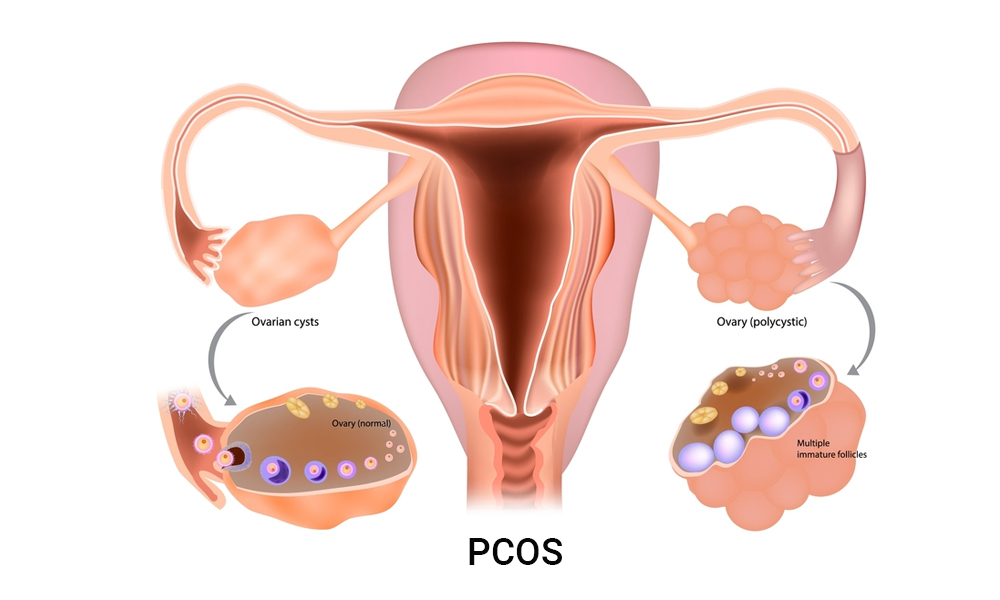-
 Toll Free No 9146-744-744
Toll Free No 9146-744-744 - Appointment
It is used to diagnose and treat the cause of abnormal uterine bleeding. Hysteroscope is a thin, lighted tube that a surgeon inserts through vagina to examine cervix and uterus, it is indicated in polyps & fibroids, Adhesions and Septum’s.
It means cutting or blocking off the fallopian tubes to prevent your eggs from being fertilized by sperm. It can be done by laparoscopic procedures under general anesthesia.
It means removal of tissues from the uterus by dilating the opening of uterus. Surgeons scrape the uterine wall and remove tissues. It is indicated in miscarriage, left over tissue in uterus after abortion, unexplained bleeding in between periods.
The adhesions are build up inside the uterus. this extra tissue creates less space inside the uterus. It can lead to pain, abnormal uterine bleeding. Hysteroscope is inserted into uterus to remove scar tissues. After the removal, small intrauterine catheter is left inside uterus for few days after hysteroscopy. It will reduce the risk of recurring scar tissue formation.
It is over growth of endometrial tissue. The polyp is attached to the endometrium by a thin stalk. Hysteroscopy is needed to remove polyp. The surgeon insert the tool that can be used to excise (cut) and remove polyps.
A sac filled with fluid in ovaries means ovarian cyst.
Laparoscopic Surgery – A tiny camera with light is inserted through small incision, surgical tools inserted through other incision and remove the ovarian cyst through these incisions.

When Bartholin gland is blocked, cyst will usually form making it infected and leading to Bartholin abscess. It is very painful and occurs either side of vagina at a time.
Needs to drain through surgery.
Under general anesthesia, the incision is made in abscess and place a catheter inside to drain the fluid. The catheter remain in place for several weeks , once the abscess heals, doctor will remove the catheter.


Bartholin gland abscesses usually develop over two to four days and can become larger than 8 cm, tends to rupture and drain after four to five days.
If a Bartholin's abscess worsens and goes untreated, the infection could spread to other organs in your body.
Cysts do not generally make it harder to get pregnant. But if the cysts are caused by an underlying condition like endometriosis, you might have problems with fertility.
If you experience irregular periods, including heavy bleeding, painful periods, or even a lack of menstruation, it may be a sign of problematic cysts.
Polyps can also cause problems with fertility. They may keep you from getting pregnant or make you more likely to miscarry. so removing polyps can help women get pregnant.
The pain in your belly and around incision should steadily get better over the next few weeks. You may be able to return to normal activities after 2 to 4 weeks.
Experts say that in most cases, a D&C shouldn't affect your ability to get pregnant in the future.
Tubal ligation is typically an outpatient procedure that requires some amount of light anesthesia, which takes not more than 30 minutes, is performed Laparoscopically.
It is minimal invasive procedure, most women can return to normal activities, including work, the day after having a hysteroscopy.
OUR PROCESS IS EASY contact us for More information.
Copyright © 2023 hospione.com - All Rights Reserved | Developed by Digital Marketing StudioGenix LLP